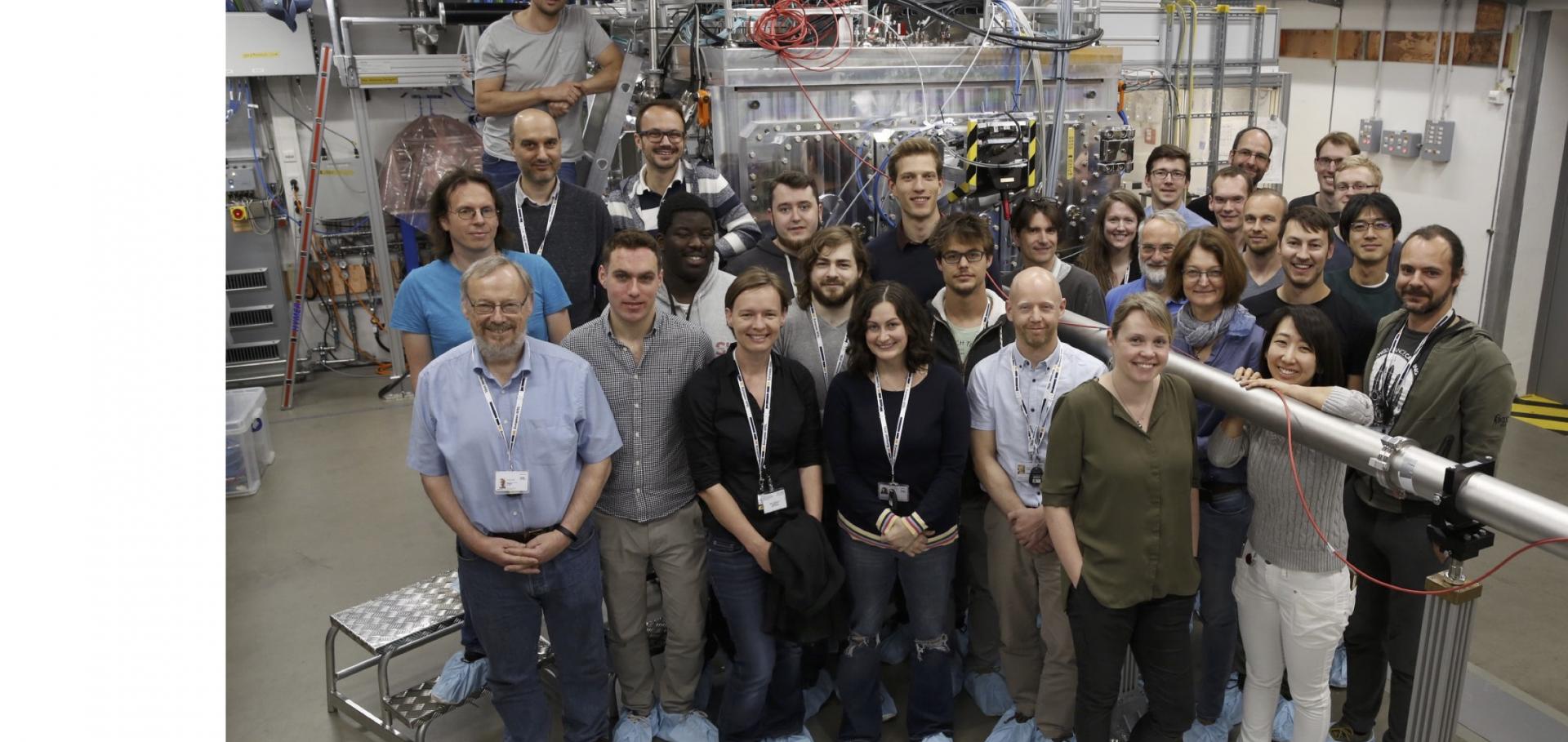Optically induced lattice dynamics probed with ultrafast X-ray diffraction
Optics InfoBase Conference Papers (2005)
Abstract:
We have studied the picosecond-dynamics of optically pumped hexagonal LuMnO3 using ultrafast x-ray diffraction. Experimental data are compared with a simulation based on dynamical diffraction theory modified to account for the hexagonal structure of LuMnO3. © 2003 Optical Society of America.Simulations of the phonon Bragg switch in GaAs
Solid State Communications 136:3 (2005) 181-185
Abstract:
It has recently been proposed that X-rays can be switched on sub-picosecond time-scales by using laser-generated coherent optical phonons: The so called phonon Bragg switch. We present here detailed simulations of the efficiency of such a switch by solving the time-dependent generalized Takagi-Taupin equations utilizing a perturbative approach. We explore the switching efficiency in diffraction from the (004) planes of GaAs as a function of both excited phonon wave vector and amplitude. © 2005 Elsevier Ltd. All rights reserved.An analytic geometry-variant approach to line ratio enhancement above the optically thin limit
ASTROPHYSICAL JOURNAL 629:2 (2005) 1091-1101
Clocking femtosecond x rays -: art. no. 114801
PHYSICAL REVIEW LETTERS 94:11 (2005) ARTN 114801
X-Ray Line Transfer in Plasmas with Large Velocity Gradients
Chapter in High Energy Density Laboratory Astrophysics, Springer Nature (2005) 171-176


